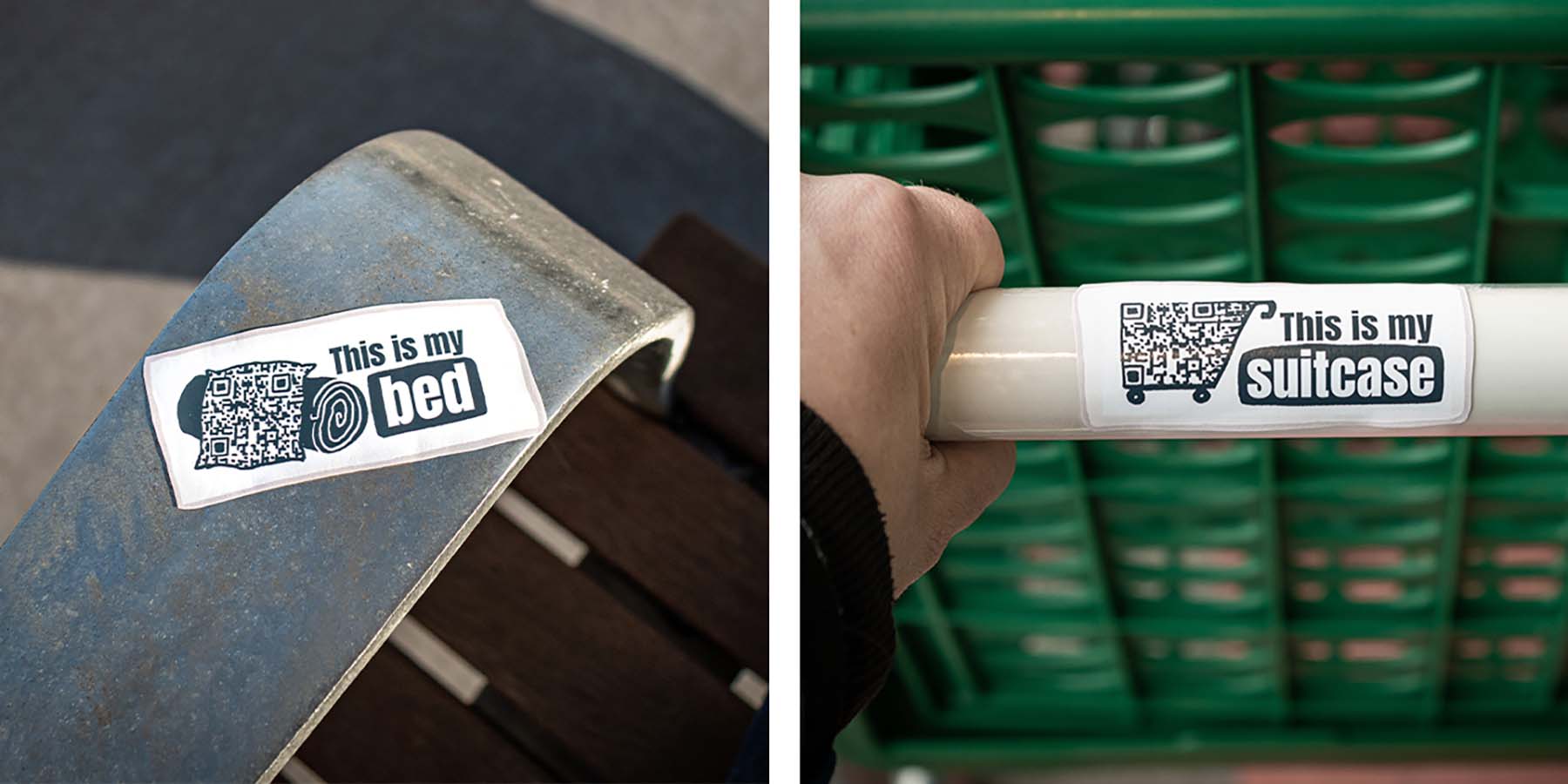For my design capstone project, we had the opportunity to create our own brief. I hoped to put my work towards a good cause and so I contacted the owner of The Homeless Project and offered to donate my time. In the research stage, I gathered all possible information about the charity from the charity owner as well as their online resources, and also looked thoroughly into 'competition'. I have identified and researched the target audience (young to middle-aged Victorians) and two main issues to be addressed: creating a point of differentiation from other charities (why to volunteer/sponsor/donate to The Homeless Project above other charities), and motivating people who are not even considering it to care and act. The deliverables were identified as brand design and collateral to grab attention and interest, collateral for online and offline marketing campaigns that can create emotion, and website design that can motivate action.
I have brainstormed and sketched many ideas around the brand's visual communication and strategies before settling on the final outcomes and tweaking and improving them along the way. Consultation with the client as well as our tutor and classmates helped me to push the design even further. I made sure every part of the design had a thought-through meaning and communicated important information about the charity, cause, message, or emotions, and that the design is all strongly tied to the organisation's mission and vision.
The finished art pack the client received included the brand assets (brand guide, logo files, stationery, donation jars, signage, and car wrap), marketing assets (social media profile assets and posts, newspaper ads, posters, and a set of stickers for guerrilla marketing), and website assets (including design and content brief and thank you email template).








